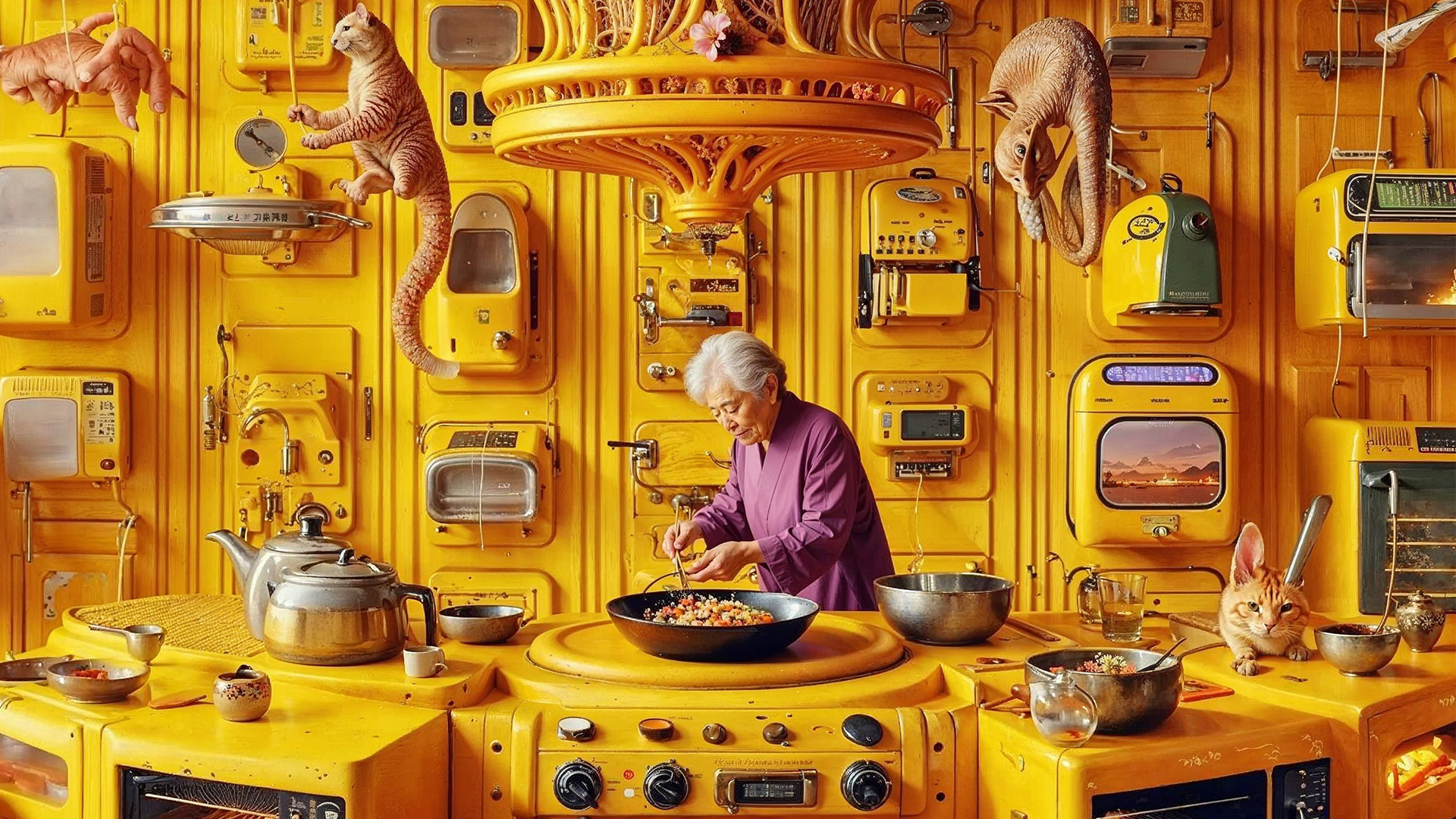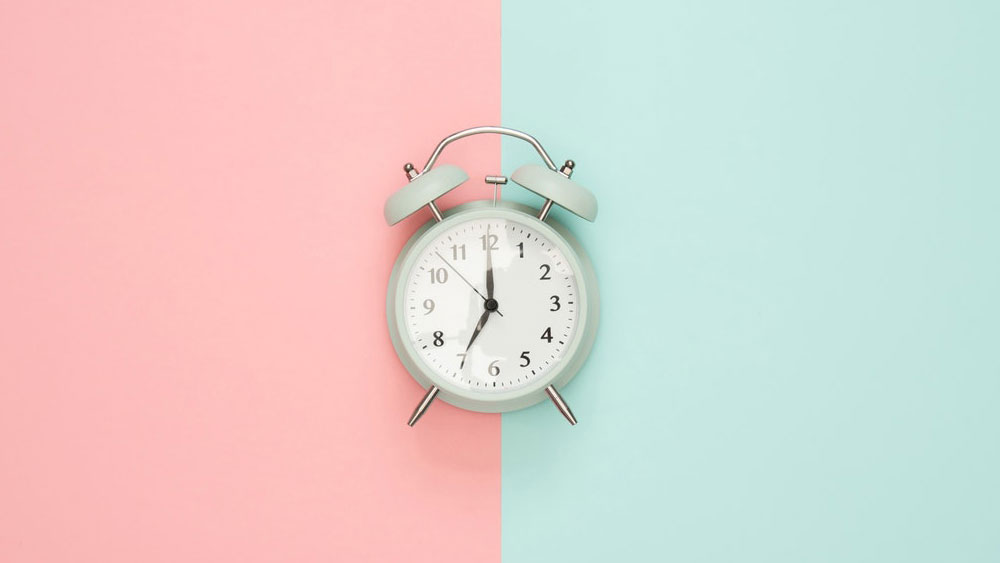
I split my time between UX/UI design and software testing, which means I’m constantly switching my focus between different projects, teams, web design tools and skills. Context switching like this can be a real problem because it takes time to stop thinking about one task and get fully engaged in the next.
Research shows that we lose up to 40 per cent of our productivity if we multitask, because we make more mistakes and take longer to get things done. Fortunately, there are some simple techniques that we can use to manage our time and attention more efficiently. I’ll share some with you here.
Want to make creating a website more efficient? Use a website builder. And having the perfect web hosting service will make things easier, too.
01. Set a schedule
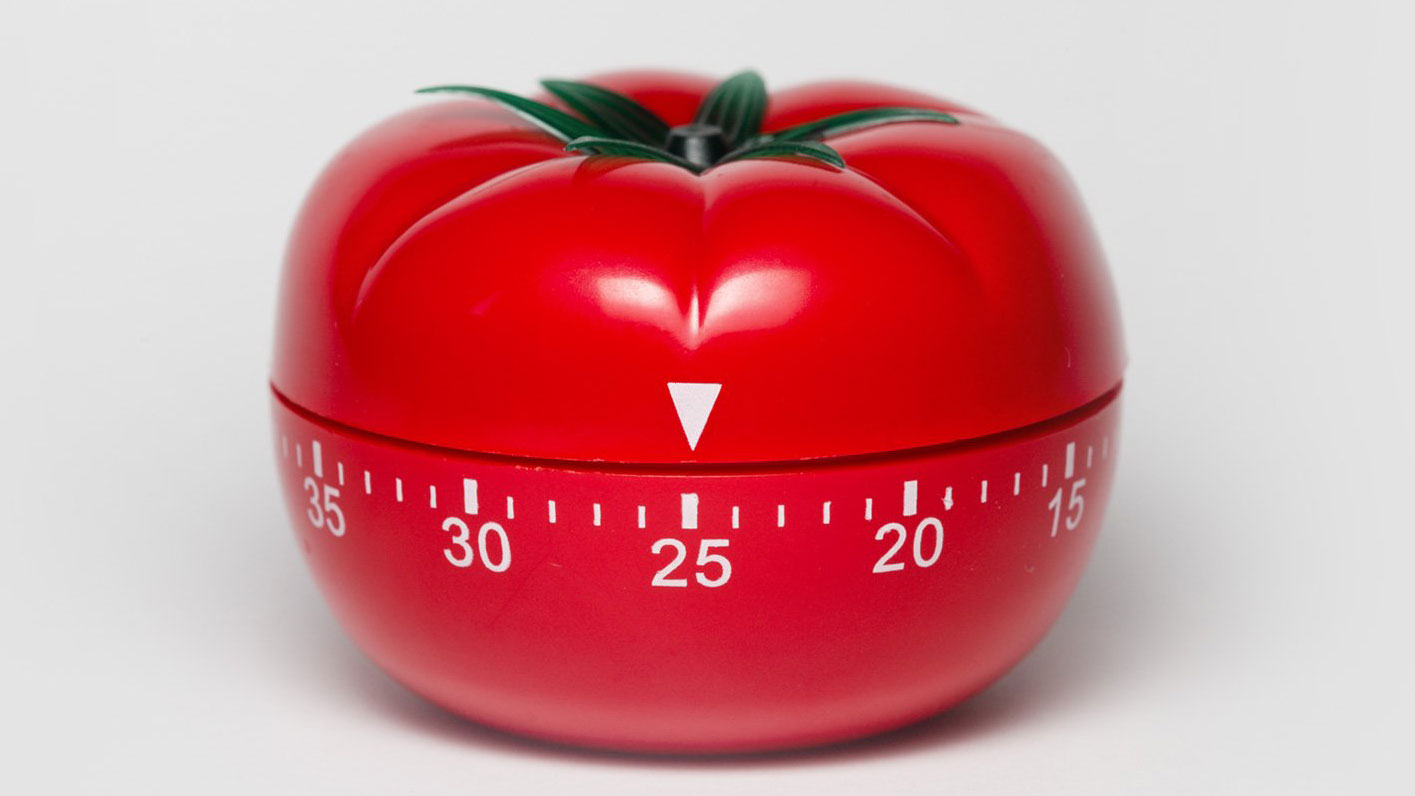
Instead of trying to multitask all the time, reserve blocks of time to concentrate on specific tasks: an hour to write that blog, four to finish those wireframes and so on. I’m a fan of the Pomodoro Technique, which breaks the day into 25-minute chunks, each followed by a five-minute break. After completing four of these ‘pomodoros’, you take a longer 15-20 minute break.
25 minutes is generally enough time for me to make progress on a task, and the five-minute break is just short enough not to interrupt my flow. You might prefer longer blocks of working time and fewer breaks. Experiment with the possibilities and find a rhythm that works for you.
02. Minimise browser tabs
Limit the number of tabs you have open in your browser and keep only the stuff that you need in order to complete your current task. Articles to read, tools to try, cat videos to watch... there’s no way that you can process that much information simultaneously, and you’re kidding yourself if you think you’ll remember to come back to it later.
I add anything I need to get done to Todoist and send articles that I want to read later to Pocket. If you need help with self discipline, try installing one of the browser extensions that close tabs for you. Start with a fresh browser session when switching contexts. For more helpful apps, take a look at these productivity tools for designers.
03. Batch your tasks
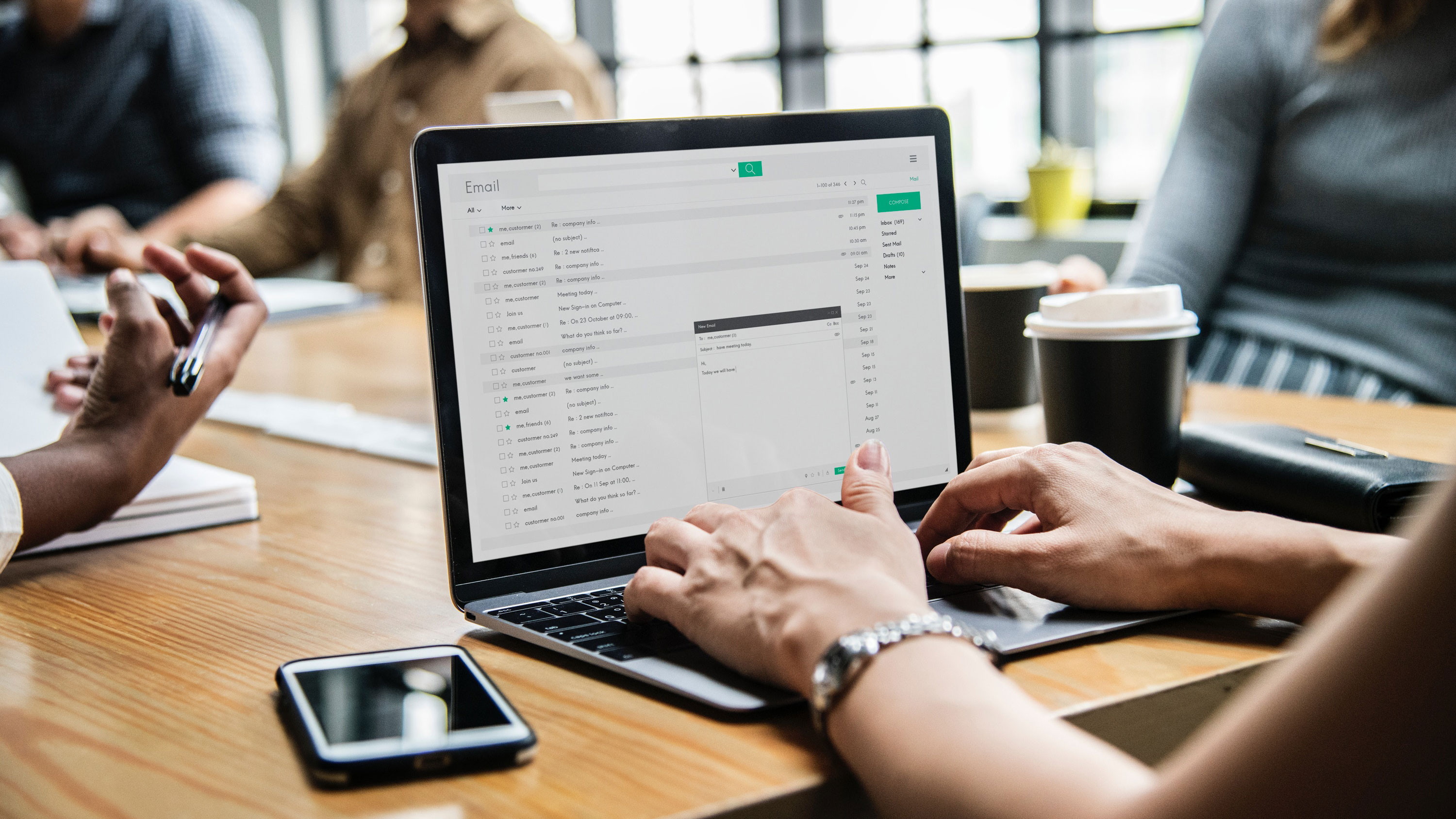
Save up all those small jobs and complete related tasks in one go. Examples include writing feedback for colleagues, checking RSS feeds, social media and email. Instead of checking and replying to email every few minutes, cast an eye over it in your next Pomodoro break. If it’s not related to your current task, simply come back to it later. You might also like to batch all of your emails or phone calls into a single session when you have a quiet period and you don’t have to think about anything else. This is similar to ‘context lists’ in the Getting Things Done (GTD) system.
04. Make detailed notes
Never underestimate the importance of writing things down. I like to think my memory is generally pretty good, but I certainly struggle to remember things when switching contexts. Having notes removes the pressure of trying to remember and makes it easier to shift concentration from one task to the next. I like to have my notes in the cloud instead of on paper, so I’ve experimented with various tools like Evernote and OneNote. Whatever tool you decide to use, remember to keep your notes up to date.
05. Switch locations

I prefer completely different working environments for different tasks. If I’m solving a difficult problem or playing with design ideas, I tend to work at home where I can control the level of noise . When I’m working through a list of small testing tasks, the noise and energy of a busy office can be just what I need.
What’s more, the change of scenery and the physical act of moving between locations is an effective way to clear the mind and reset when switching contexts. If you don’t have a choice of locations, try going out for a short walk instead.
06. Find a place to pause
I try to complete each task before switching my attention to something else, otherwise I find myself covering the same ground again when I come back to it later. If you know that something is likely to take longer to finish than the time you have available, consider waiting until you have a longer, uninterrupted block of time. If this isn’t possible and you can’t completely finish a piece of work, look for a natural place to pause. Having decent cloud storage will also help keep your tasks organised.
07. Clear your desk
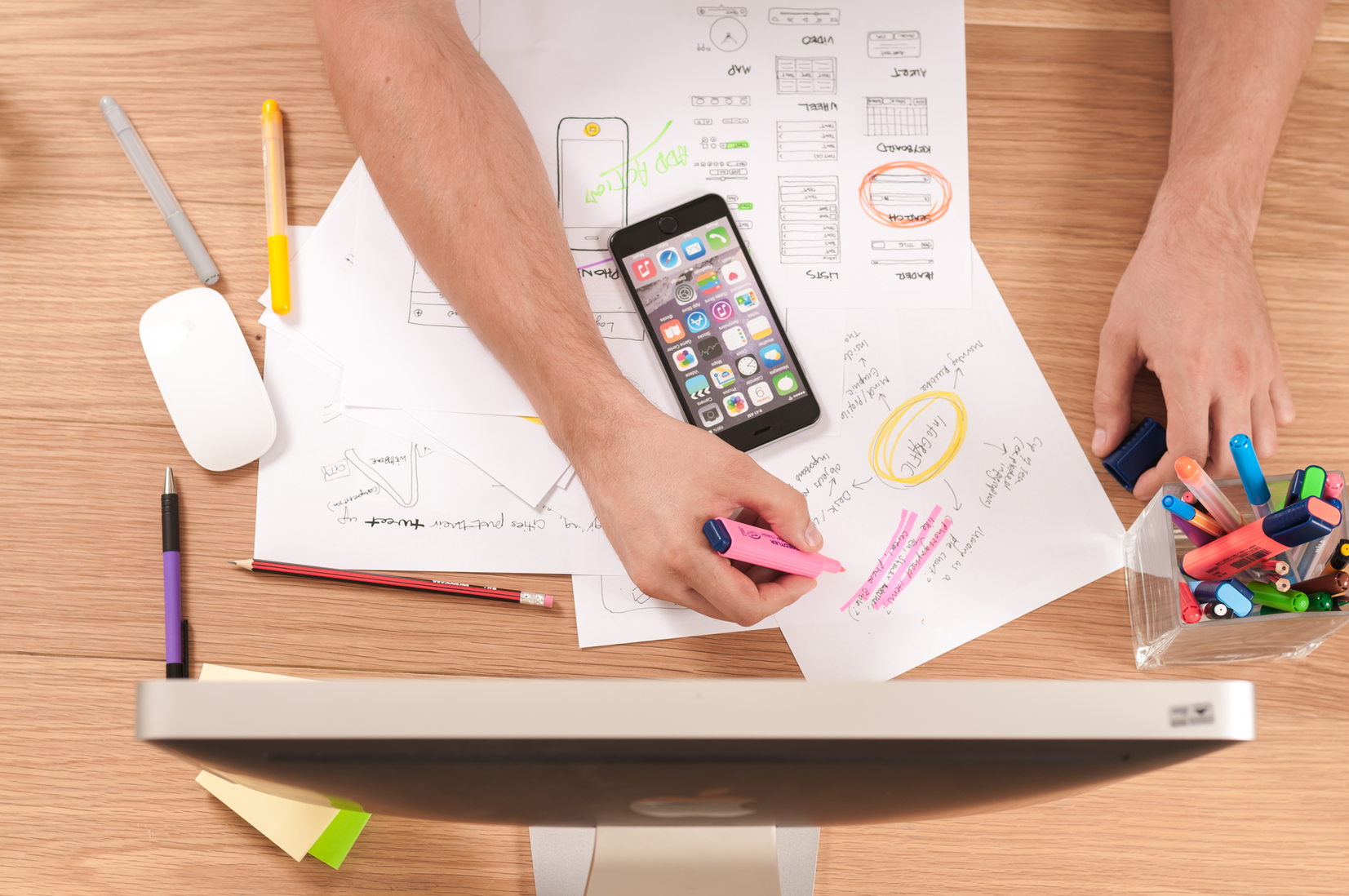
Tidy desk, tidy mind. Be strict in clearing your workspace at the end of the day or when switching between tasks. As is the case with browser tabs, those notes and sketches from the previous task are just a distraction that makes it hard to concentrate on the next piece of work. It’s easier to keep things tidy if you remember to batch your tasks and minimise the number of times you have to switch context.
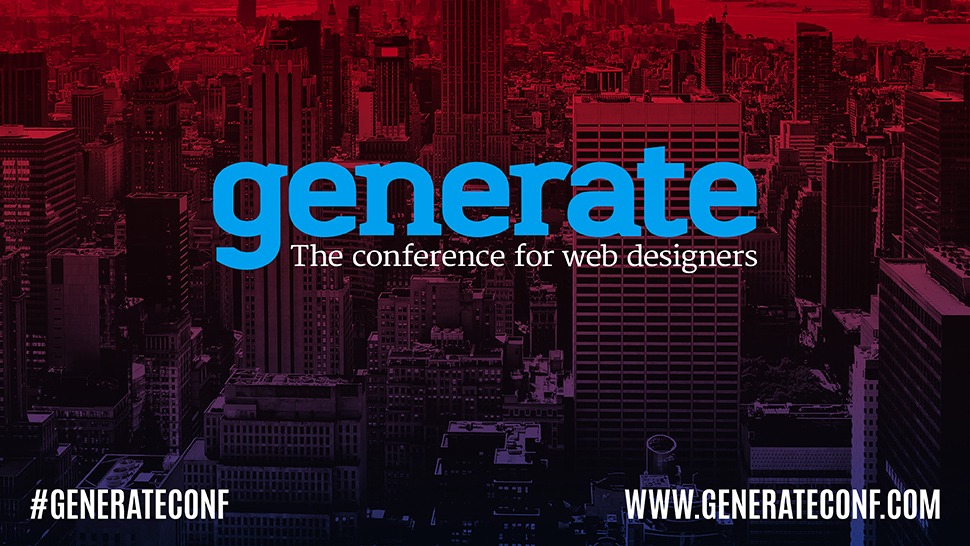
This article was originally published in net, the world's best-selling magazine for web designers and developers. Buy issue 307 or subscribe.
Read more:

Thank you for reading 5 articles this month* Join now for unlimited access
Enjoy your first month for just £1 / $1 / €1
*Read 5 free articles per month without a subscription

Join now for unlimited access
Try first month for just £1 / $1 / €1
Get the Creative Bloq Newsletter
Daily design news, reviews, how-tos and more, as picked by the editors.
